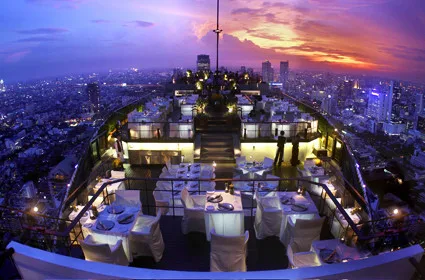During his inspection tour to examine issues that put construction of a planned Sharm El-Sheikh museum on hold, Minister of Antiquities Mamdouh El-Damati announced the creation of a temporary archaeological exhibition at Sharm El-Sheikh’s Conference Hall.

El-Damati told Ahram Online that the exhibition is to be open soon and will include a collection of 300 artefacts that give its visitors a vision of the different facets of Egyptian civilisation. The objects on display will be carefully selected from all museums in Egypt, including those obtained from excavations sites in Sinai.
During his visit, El-Damati inspected construction works being carried out at the museum and reviews all the obstacles that stand against the resumption of the work.
In fact, the construction work of the Sharm El-Sheikh museum was put on hold in the aftermath of the January 2011 revolution due to financial problems.
The first phase of the museum was completed in 2009 following three years of feasibility studies and construction work. This phase included construction of the museum building and associated administrative structures as well as 26 bazaars and a bookstore.
The second phase, which is to begin soon, was put on hold due to lack of funding after the January 2011 revolution. This phase includes the completion of the museum’s interior and exhibition facilities, along with the installation of the museum’s security system.
Mohamed El-Sheikha, head of the projects section, mentioned that according to the museum’s original plan, the different halls of the museum will exhibit some 7,000 artefacts dating from prehistoric times to the modern era, which have been carefully selected from museums all over Egypt.
Objects unearthed in Sharm El-Sheikh and others that have been retrieved from Israel will also be on display along with 11 authentic Coptic textiles offered by Nagla Riad, who inherited them from her aunt, artist Taheya Halim.
The textiles are of different sizes and shapes and are decorated with images of animals, foliage and geometric shapes.
The museum’s garden will serve as an open-air museum and entertainment area, featuring a cinema, theatre and 1000-seat conference hall. The museum will also feature a cafeteria and a bookstore specialising in history and antiquities.
Author: Nevine El-Aref | Source: Ahram Online [August 13, 2014]














